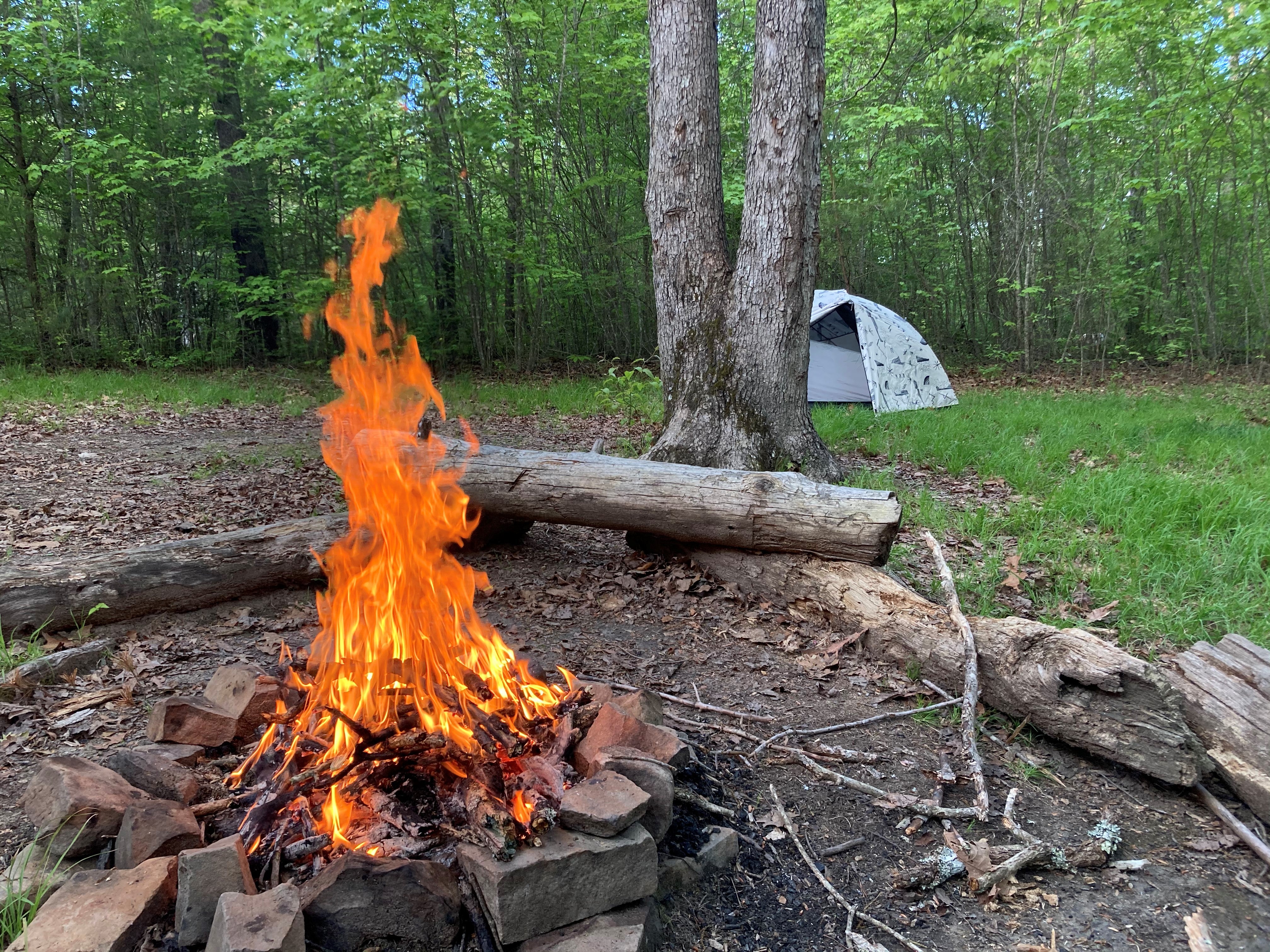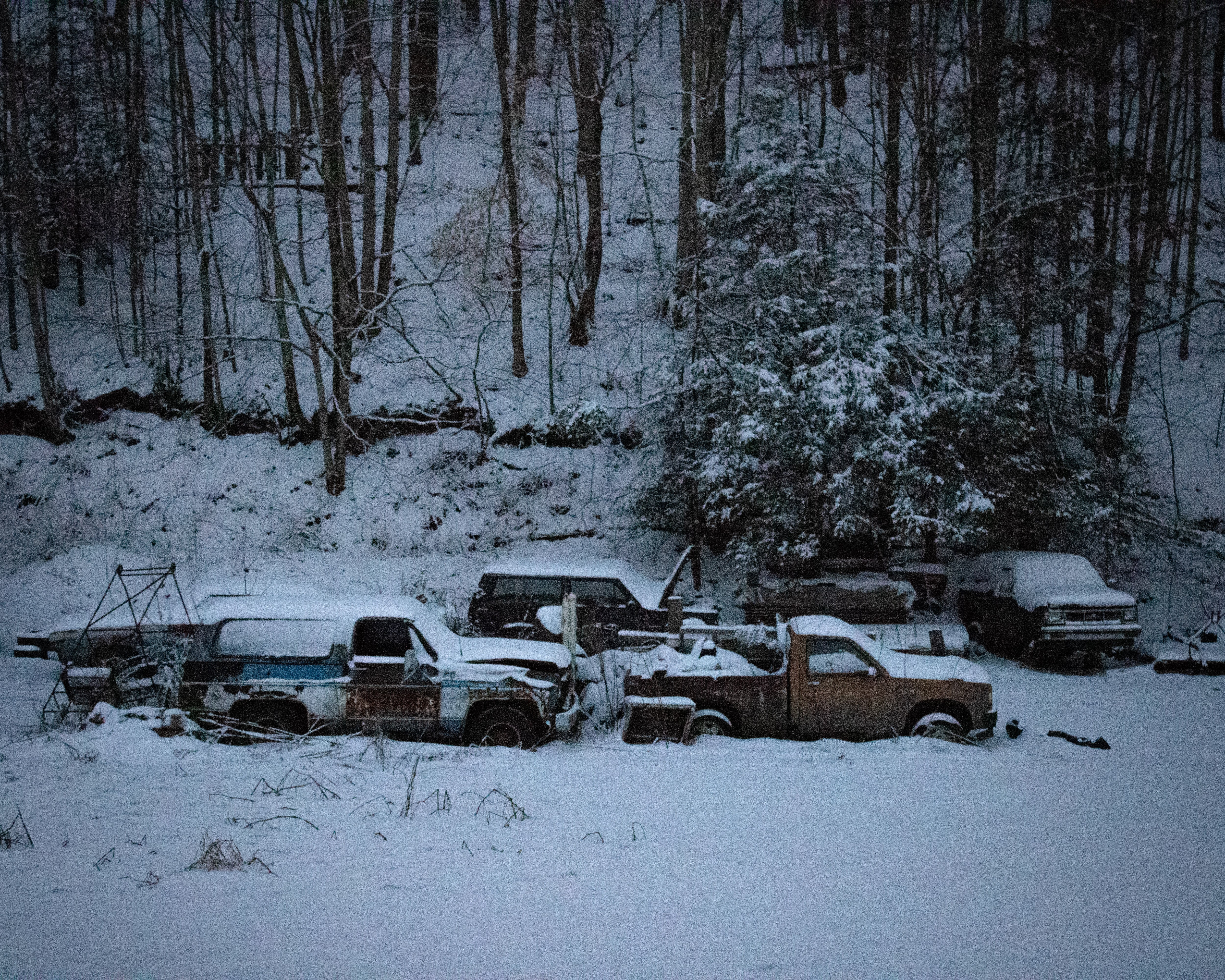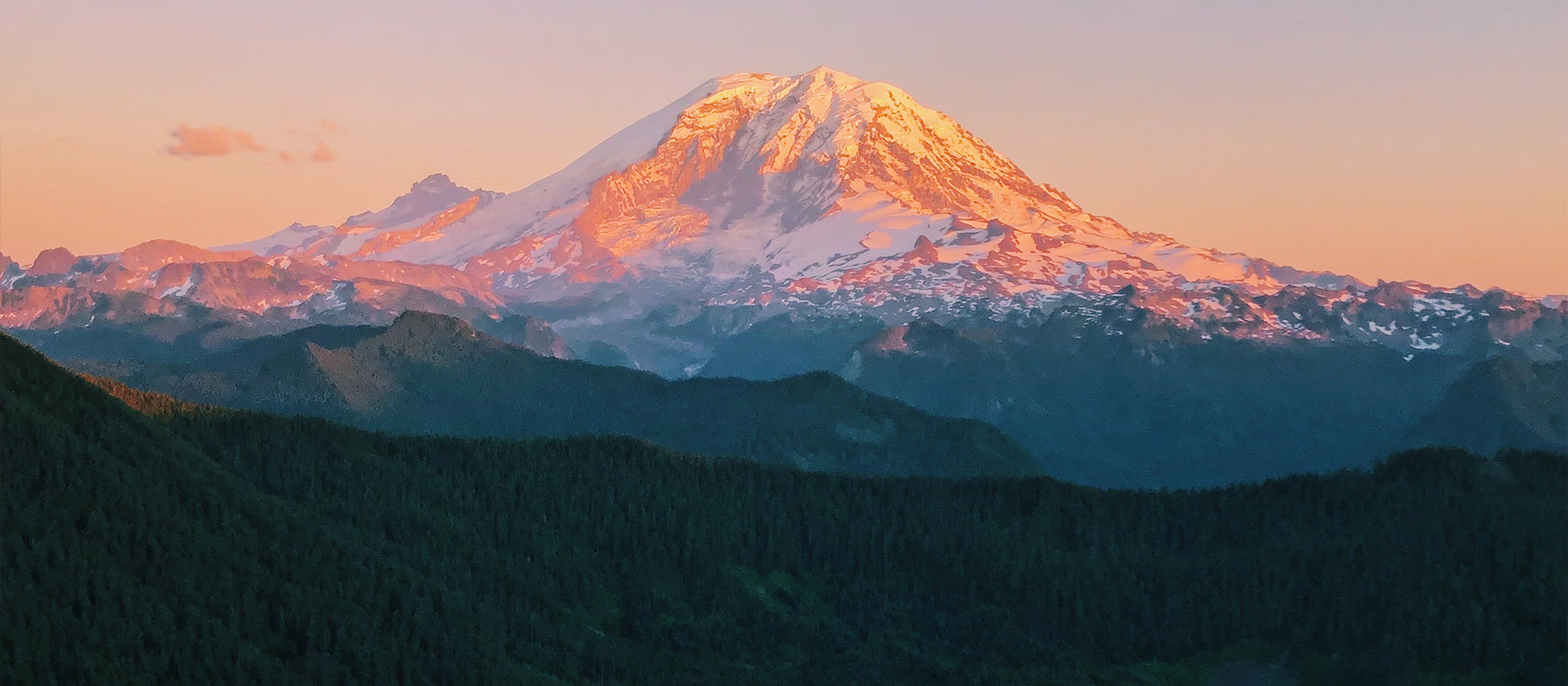
A simple guide to Leave No Trace when day hiking
Leave No Trace principles are 7 important standards to follow whenever you spend time outdoors. Anytime we participate in outdoor recreation we have the potential to negatively impact the environment, but following Leave No Trace principles can lessen our impact and help preserve the wonderful wild areas we get to enjoy. When you’re headed out for a day hike, here are some practical tips and tricks for adhering to LNT.
1. Plan ahead and prepare
- Before you head out for your adventure, be sure to double check the location you are headed to. Keep an eye out for any sort of trail closure or special precaution/warning for the area you’re hiking in. You can find this information by either doing a quick Google search, or using resources such as the AllTrails app. Have back up ideas just in case!
- Always check the weather forecast before you leave. Will you need to pack rain gear? An extra layer for cooler temperatures? Remember, it is better to be over prepared than underprepared!
- Make a packing list with essentials needed for your trip. Be sure to include a first aid kit, sunscreen, and more water and snacks then you think you’ll need.
- This one is simple-be sure to stay on trail and not wander around off trail. Most trails are built in order to minimize the effects of erosion, so it’s important to be sure that you follow any signage set up to guide you. Making your own side trails (also called social trails) can increase erosion and have damaging impacts to the ecosystem.
- Most trails have guiding markers called blazes. They are colored paint marks on trees that usually correspond with the color of a trail on the map. Keep an eye out for these markers as you’re hiking to be sure you’re staying on the right path!

- Anytime you are hiking, always be sure to bring a bag with you that can hold all of your trash. I like to bring a ziplock bag with me so that as I’m eating my snacks, I can place the trash in the bag and not worry about any leftover crumbs getting inside my pack. Once I’m through with my hike, I can just toss it in the garbage can.
- A good phrase to remember is “pack in, pack out." Anything you bring with you onto the trail should be taken out with you. Leaving trash or any sort of waste behind can be really harmful for animals that may get ahold of it, as well as increase instances of human/wildlife conflict.
- This is one that can be a bit difficult, especially if you find everything interesting the way that I do. Everything in nature has its place and should therefore remain in its place, as the forest is home to many critters so we should leave their home exactly how we found it! If you find something particularly interesting and you feel tempted to bring it home with you, try bringing a small notebook and sketching it out/writing a little description instead. This way you are not only leaving what you found, but you’re also taking time to enjoy the item in a way that will really stick in your memory. If all else fails, you can always take a photo!
- If you decide you’d like to have a campfire at any point during your trip, be sure to contain it to a designated campfire ring. This means a campfire ring that has already been established, and will usually look like a round burned area surrounded by a piece of metal or stacks of bricks/large rocks.
- This one is my personal favorite. Who doesn’t love a good wildlife sighting when they’re out and about? Here is the ‘Rule of Thumb’ when it comes to respecting wildlife: stretch your arm out fully and stick up your thumb, if the animal you are viewing is larger than your thumb, you are too close and you should back up. Remember, when you’re out on your adventure, you are wandering into an animals home so it’s best to give them the space they need!
- Respecting wildlife also includes things like making sure you aren’t leaving any trash on the trail (back to disposing of waste properly) as well as not stacking any rocks you may find. Check out the article below for more information on how rock stacking (building unauthorized cairns)can affect endangered wildlife1.
- This principle seems pretty intuitive, but here are a few ways to be considerate of other people visiting the same space you are. If you decide to play music, try and be mindful of the volume so as not to disturb other hikers. If you need to stop for a break, be sure to step to the side of the trail out of the way so other hikers can get around you. Before you go out, try and do a quick Google search on proper trail etiquette. This will make the hiking experience better for everyone!
- Lastly, just remember that being friendly with people never hurts. One of my favorite parts about being on the trail is meeting people and exchanging pleasantries with fellow hikers. A simple smile or ‘good morning’ can add value to someone else’s day!



